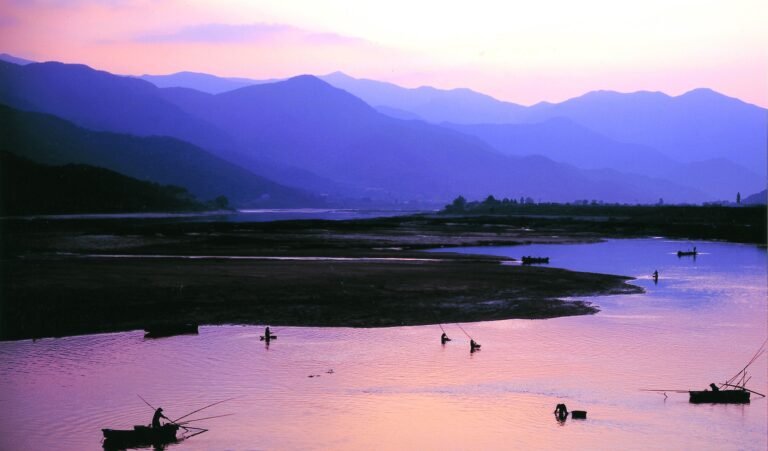Hospitable habit for marsh clams in Seomjingang River Estuary designated as latest GIAHS
The Sonteul (hand net) Fishery System for Marsh Clam in South Korea’s Seomjingang River Estuary is designated as the latest GIAHS site. Seomjingang River Estuary, famed for hand net fishing for marsh clams, is located in the central west part of South Korea. The designation was announced at the GIAHS Scientific Advisory Group meeting held in Valencia, Spain.
Food and Agriculture Organization of the United Nations (FAO)’s flagship program stipulates that sites must be of global importance, have public value, support food and livelihood security, agrobiodiversity, sustainable knowledge and practices, social values and culture, as well as outstanding landscapes under its selection criteria. As well as supporting food production and livelihoods, these sites demonstrate excellent practices to make agrifood systems more resilient to climate change, utilize biodiversity, and manage ecosystems sustainably.
In most rivers in S. Korea, the marsh clam is almost extinct. Thus, the environmental and ecological diversity of the River basin, along with efforts from the local community, provide a hospitable habitat for this deep-burrowing species.
Fishers gather marsh clams by scraping the riverbed with a tool called a georaengyee (hand dredge) while wading in the river. In addition to eliminating pollutants from sedimenting at the river’s bottom, this traditional method has also enabled the generation of aquatic oxygen and the provision of new organic material. It has proven to be a sustainable practice well adapted to the river’s ecological and environmental characteristics.

